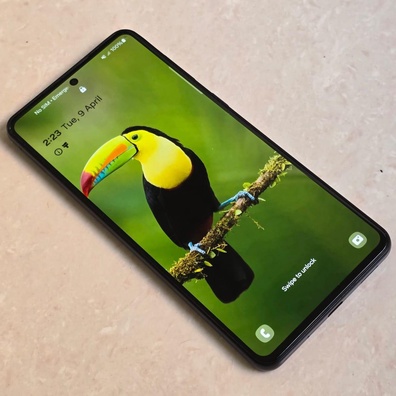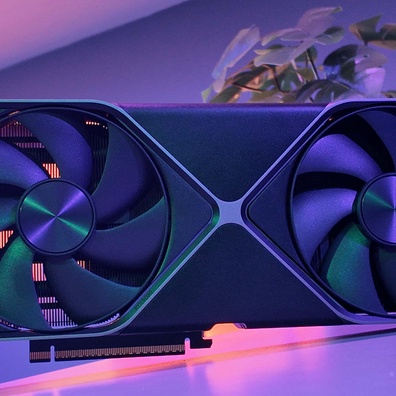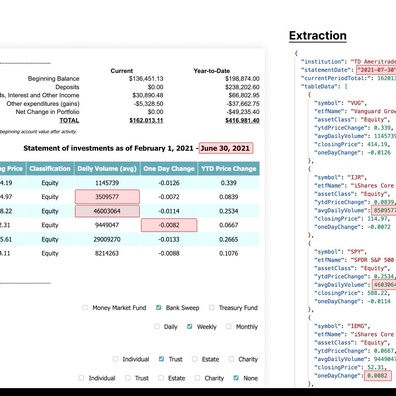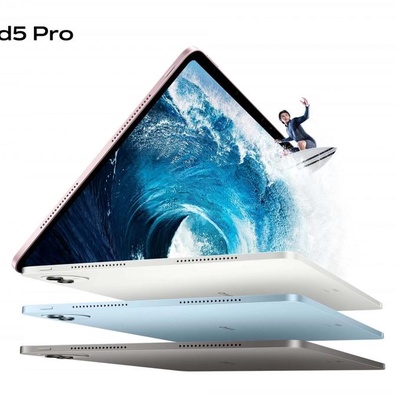News
Samsung Galaxy Ring 2 May Feature Revolutionary Solid-State Battery Technology in 2025
Smart rings are rapidly evolving as wearable technology becomes more sophisticated, and Samsung appears poised to make a significant leap forward with its next-generation Galaxy Ring. Recent reports suggest the company is working on incorporating breakthrough battery technology that could address one of the most critical limitations of compact wearables.The Solid-State RevolutionAccording to a report from South Korean publication Money Today, Samsung is developing all-solid-state batteries for the Galaxy Ring 2, which is expected to launch in the fourth quarter of 2025. This technology represents a fundamental shift from traditional lithium-ion batteries by replacing liquid electrolytes with solid ones. The innovation could dramatically improve energy density while enhancing safety by eliminating flammable components – a particularly important consideration for a device worn on the finger.Technical Specifications and ImprovementsSamsung Electro-Mechanics, a subsidiary of the tech giant, has reportedly already developed mini solid-state batteries for smartwatches with an energy density of 200Wh/L (Watt-hours per liter). For the Galaxy Ring 2, the company aims to increase this to an impressive 360Wh/L. This substantial improvement could extend battery life well beyond the seven days quoted for the current Galaxy Ring, which features battery capacities ranging from 18 to 23.5 mAh depending on size.Galaxy Ring 2 Battery TechnologyTechnology: All-solid-state batteriesCurrent energy density: 200Wh/LTarget energy density: 360Wh/LExpected release: Q4 2025Advantages: Higher energy density, faster charging, improved safetySamsung's Solid-State Battery RoadmapGalaxy Ring: Q4 2025Galaxy Buds: Q4 2026 (target 400Wh/L)Galaxy Watch: Q4 2027Broader Application in Samsung's EcosystemSamsung's ambitions for solid-state battery technology extend beyond just the Galaxy Ring. The company has reportedly filed over 40 patent applications related to oxide-based, solid-state batteries. According to industry insiders, Samsung plans to gradually integrate this technology across its wearable lineup, with Galaxy Buds potentially adopting solid-state batteries by late 2026, followed by Galaxy Watch models in late 2027. This progressive rollout suggests a long-term strategy to revolutionize power management across Samsung's entire wearable ecosystem.Competitive AdvantageThe current Galaxy Ring already offers one significant advantage over competitors like the Oura Ring – the absence of a monthly subscription requirement. However, this benefit is primarily realized by users who are already invested in Samsung's ecosystem with Galaxy phones and Samsung Health. If the Galaxy Ring 2 can deliver substantially improved battery life while maintaining or enhancing its tracking capabilities without subscription fees, it could pose a serious challenge to market leaders.Production ChallengesDespite the promising technology, analysts warn that manufacturing solid-state batteries remains an expensive proposition. The high cost of materials like lithium sulfide, which is essential for sulfide-based electrolytes in these batteries, far exceeds that of liquid electrolytes used in conventional batteries. This could potentially drive up the price of the Galaxy Ring 2 beyond the approximately USD $370 price point of the original model, potentially limiting its market appeal.Samsung's Investment in the FutureAt CES earlier this year, Jang Deok-hyun, President of Samsung Electro-Mechanics, announced plans to invest in mass production facilities for all-solid-state batteries starting in 2025. The company's roadmap includes increasing energy density to 400Wh/L by late 2026, coinciding with the planned integration of this technology into Galaxy Buds. This significant investment signals Samsung's commitment to advancing battery technology as a cornerstone of its future product strategy.Market ImplicationsIf Samsung successfully implements solid-state battery technology in the Galaxy Ring 2, it could set a new standard for wearable devices. The combination of extended battery life, enhanced safety, and faster charging could address key consumer pain points with current wearable technology. For competitors like Oura, this would raise the bar considerably, potentially triggering a new wave of innovation in the smart ring market.
Wearable devices
1 hour ago
Google Strengthens Chrome Security with New HTTPS Requirements and Brings Desktop-Style Extensions to Android
Security
2 hours ago

Samsung Galaxy M56 Spotted with Exynos 1480: Potential Downgrade from M55?
Phone
4 hours ago

Mithril.js: The Lightweight Framework That Stands the Test of Time
6 hours ago

Python's Textcase Library Solves Case Conversion Challenges with Zero Dependencies
6 hours ago

Headscale Gains Traction Among Self-Hosters Despite Security Concerns
Security
7 hours ago

Age LAN Server Preserves Multiplayer Functionality for Age of Empires Definitive Editions
Computer Game
7 hours ago

Printer Tracking Dots: Hidden Surveillance in Your Color Printouts and How to Counter It
Security
13 hours ago

Google NotebookLM Gets Web Source Discovery Feature, But Users Still Want More
AI
19 hours ago

Google's Find My Device UWB Precision Tracking Update Nears Completion
Apps
19 hours ago

Meta's Hypernova Smart Glasses Coming This Year with Built-in Display, Priced Over $1,000
Wearable devices
21 hours ago

Sony Unveils 2025 Bravia TV Lineup: New QD-OLED Flagship Promises 50% Brightness Boost
22 hours ago

RTX 5080 Becomes First Nvidia 50-Series GPU to Appear in Steam Hardware Survey
GPU
23 hours ago

Microsoft Introduces Quick Machine Recovery Tool for Windows 11 Boot Failures
Microsoft
Yesterday

Microsoft PowerToys Gets Command Palette and Media Conversion Features in Latest Updates
Apps
Yesterday

Metroid Prime 4: Beyond to Feature 4K/60FPS and Mouse Controls on Nintendo Switch 2
Console Game
Yesterday

Qwen2.5-VL Models Lead Open Source OCR Benchmark, Surprising Community with Bounding Box Capabilities
AI
Yesterday

Acer Unveils Premium Predator QD-OLED Gaming Monitors with 240Hz Refresh Rates
Monitors
Yesterday

Steel Hunters Launches Into Early Access: World of Tanks Developer's Free Tactical Mech Game Now Available on Steam
Steam Game
Yesterday

Vivo to Launch Pad5 Pro, Pad SE Tablets and Watch 5 Alongside X200 Series
Pad
Yesterday
